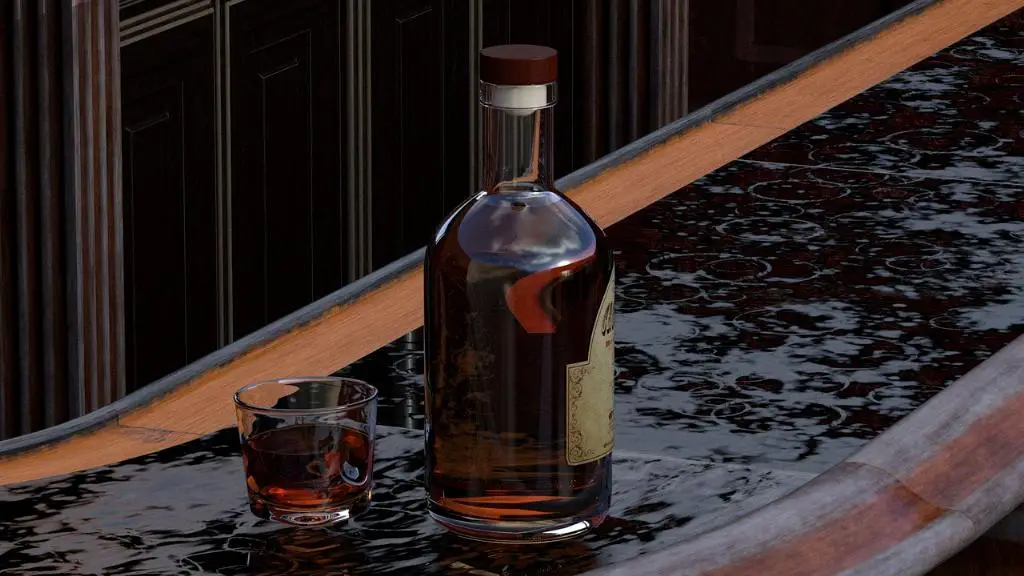When it comes to exploring the world of bourbon, one cannot help but stumble upon the names 1792 and Buffalo Trace. These two distilleries have gained quite the reputation and are often compared to one another. However, it is important to note that despite their geographical proximity and shared industry, 1792 and Buffalo Trace are not the same. Allow me to delve into the details and highlight the differences between these two exceptional bourbons.
The Distilleries
Let’s start by examining the distilleries themselves. Located just 60 miles apart, 1792 and Buffalo Trace operate independently, each with its own unique production methods and distilling techniques. While they may share a common region, it is crucial to understand that they are distinct entities, each with its own distinct flavor profile and characteristics.
Production Methods
The production methods employed by 1792 and Buffalo Trace further emphasize their individuality. 1792 Bourbon is crafted using a high-rye mash bill and undergoes a meticulous aging process in new charred oak barrels. This results in a bourbon that boasts a rich and robust flavor profile with pronounced spice notes. Buffalo Trace, on the other hand, is known for its traditional corn-heavy mash bill and an aging process that imparts a smooth and mellow taste.
Flavor Profiles
Tasting and comparing the flavor profiles of 1792 and Buffalo Trace is where their distinctions become even more apparent. 1792 greets your palate with a bold burst of spices, including cinnamon, cloves, and nutmeg, accompanied by hints of caramel and vanilla. Its high-rye content adds a delightful complexity that sets it apart.
In contrast, Buffalo Trace welcomes you with subtle sweetness from its corn base, followed by notes of butterscotch, toffee, and a touch of fruitiness. It exhibits a well-rounded character, offering a smoother and more approachable taste.
Unique Expressions
Both 1792 and Buffalo Trace have expanded their product lines to include various expressions, further solidifying their distinctive offerings. 1792 offers expressions like Full Proof, Bottled in Bond, and Small Batch, each presenting a variation in character and intensity. Buffalo Trace, on the other hand, introduces different expressions like Eagle Rare, Blanton’s, and Colonel E.H. Taylor, each showcasing its own unique flavor profiles and aging techniques.

Conclusion
While it may seem tempting to assume that 1792 and Buffalo Trace are the same due to their geographical proximity, their individuality shines through in every aspect. From their production methods to flavor profiles and unique expressions, these iconic distilleries have developed their own identities. So, next time you find yourself pondering over the question of whether 1792 is the same as Buffalo Trace, remember their distinctive qualities and take pleasure in the opportunity to enjoy each one for its own merits.
